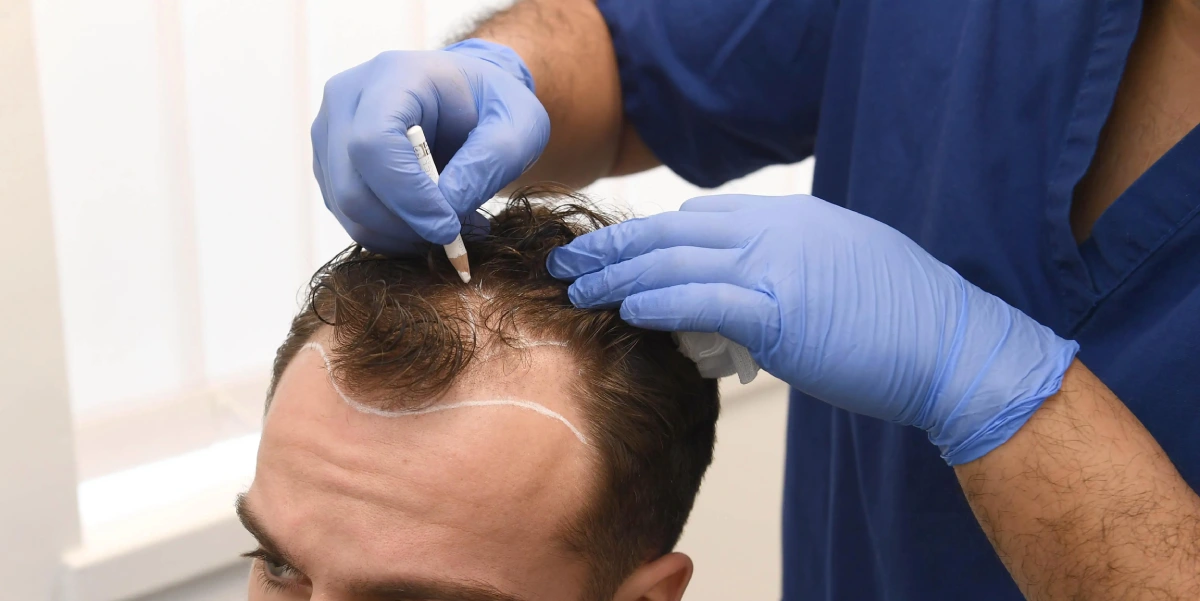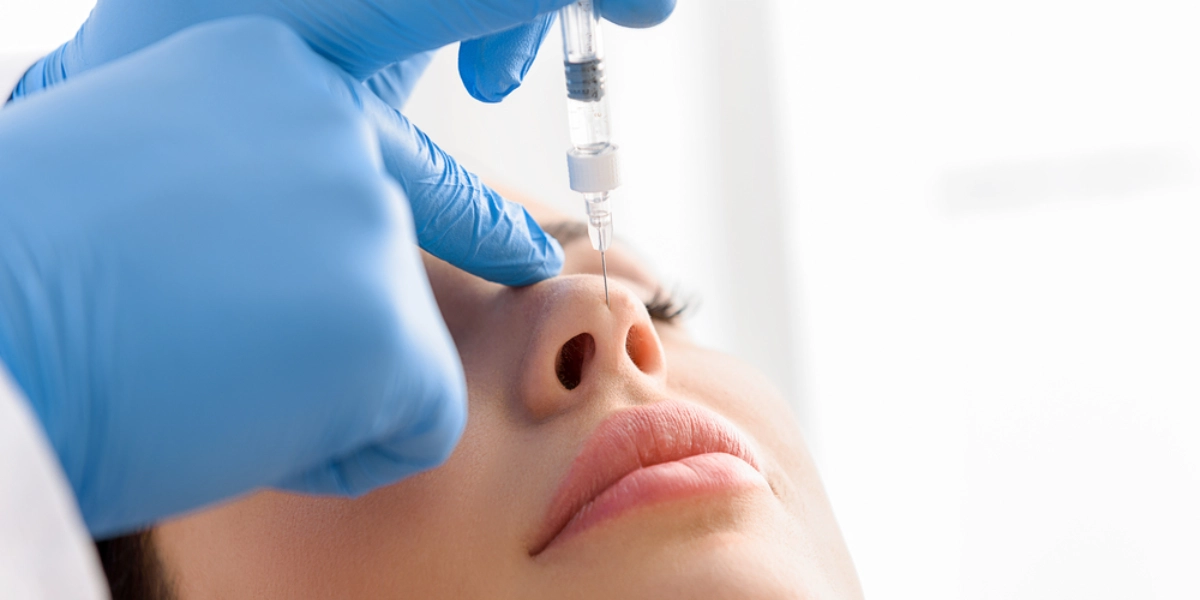Getting rid of stye quickly is easier with proper care and precautions. If you know the stye, you must know how irritating it is. Well, for those who don’t see the stye, let us explain. Stye is a red, painful pimple on the eyelid’s edge. Usually, these styes go away independently, but the length is lengthy and irritating. To get rid of stye fast, you should follow some natural tips to speed up the process.
Stye can be treated naturally, home remedies and OTC (over-the-counter) medications. Stye usually goes away in 6-7 days. In worse cases, you must visit the doctor. The edges of the eyes or eyelids have several tiny oily glands, especially on eyelashes. These oil glands get clogged with dead skin, dirt, makeup, and serums. Later, these clogged glands build up bacteria, which causes stye to form in the shape of painful pimples.
The bacteria known as Staphylococcus epidermidis or Staphylococcus aureus build 90-95% of these styes.
A stye is a hot red, painful bump, lump or pimple on the eyelids that causes eye irritation. These pimples appear as a result of a bacteria called hordeolum. Styes form on the edge of eyelids, especially on eyelashes. The tiny oil glands on eyelids are usually clogged with dirt, makeup, and serums that build bacteria after a while. The hordeolum bacteria is a sebaceous infection that is harmless, but it can be painful and irritating.
Hordeolum bacteria typically enter the gland through a hole in the eyelash follicle (external stye) or the meibomian gland (internal stye). A stye can cause the surrounding eyelids to get red and swell. It might also be sore to the touch and produce discharge or pus. Depending on the location, a stye might cause your entire upper eyelid to swell shut or spread down your cheek.
People frequently inquire why I suddenly have a stye. Staphylococcus Aureus bacteria cause 90-95% of styes and hordeolum, with Staphylococcus epidermidis accounting for the remainder. These bacteria are quite widespread and cause a variety of skin diseases. Knowing this, however, can help your eye doctor prescribe the appropriate medications if necessary.
Most people will acquire a stye once or twice, with the largest prevalence between 30 and 50. Usually, you will only get a stye in one eye. Nonetheless, we’ve observed numerous cases where folks have 3-4 styes on one eye or both. Styes rarely repeat, but they might appear in the same location. If this happens, arranging an appointment with your optometrist is a good idea to confirm there’s no other problem. Most styes go away on their own after a week or two. However, severe or recurring styes may necessitate topical and oral antibiotics.
Sometimes, the initial red, painful lump will subside, leaving a hard, pea-like lump in your eyelid. This mass is a chalazion, which may require surgical removal or treatment with a targeted injection.
No, Styes are not contagious. Coming into contact with someone with a stye will not cause you to develop one. It is a type of local inflammation and irritation that cannot be transmitted to others through casual contact. It is safe for a child to attend school and for adults to go to work.
However, the bacteria may spread elsewhere if you pick at the stye. You could also transfer more bacteria to the area, resulting in a secondary illness. It is nevertheless recommended to exercise good hygiene to avoid the spread of bacteria. Please encourage your child to avoid touching or rubbing their eyes, wash their hands frequently, and stop sharing personal belongings.
You should follow natural and homemade remedies to eliminate a stye fast. There are 7 things you should do when you have a stye, including;
A warm compress is the quickest, safest, and most efficient technique to remove a stye at home. The warmth helps bring the pus to the surface, dissolving and draining the stye spontaneously. All you have to do is heat-filtered water, soak a clean cloth, and then place it over your damaged eye while keeping it closed. For optimal effects, apply the compress for 10 to 15 minutes and repeat 2 to 4 times daily for many days.
Reheat the washcloth every 30 seconds by soaking it in warm water and wringing it. For best results, repeat the compress approximately four times each day.
After applying the compress, gently massage the stye with a clean finger to unplug the oil glands. This not only helps the stye heal faster, but it can also reduce discomfort and inflammation.
Instead of a warm cloth compress, try a heated tea bag. Black tea works best since it reduces swelling and is antimicrobial.
Pour heated water into a mug, then drop a tea bag as if you were brewing tea. Allow the tea to steep for about one minute. Wait until the tea bag has cooled sufficiently to place over your eye, then leave it there for around 5-10 minutes. Warm it up every 30 seconds by submerging it in warm water and wringing it. Use a separate tea bag for each eye.
“You can use black tea as a compress twice daily to reduce swelling and discomfort associated with a stye”
However, the dampness may irritate some people’s skin, so construct a dry compress by placing a small amount of uncooked rice in a sock and microwaving it for 20 seconds. Make sure to press on the hump to allow it to drain.
You can do this three or four times per day.
Coconut oil is utilized for various reasons, including supporting eye health. One of the primary ways coconut oil treats styes is by reducing inflammation. In addition to its anti-inflammatory properties, coconut oil is antibacterial and antifungal. It is also perfectly safe for use around the eyes.
On using this cure, apply a small amount of coconut oil on a cotton swab or a clean finger and gently rub it onto your afflicted eyelid. Wait 15 minutes before removing the oil with warm water. For the best results, perform this practice three to five times daily.
Although contact lenses do not induce styes, they are easily contaminated by the bacteria associated with them. As a result, if you regularly wear contact lenses, attempt to avoid them until your stye cures. In the meantime, if you have any glasses, wear them. You should order new contacts after your condition has subsided.
While doing it, you should also temporarily cease using eye makeup. Keep the area surrounding your stye clean and exposed to avoid further discomfort or infection.
Take an over-the-counter (OTC) pain reliever, such as ibuprofen (Advil) or acetaminophen (Tylenol), to gain relief. Follow the package instructions to ensure that you are taking the correct dose.
When washing around the eyes, avoid using harsh, synthetic chemicals. Instead, the substances should be hypoallergenic and non-irritating. However, there are over-the-counter ointments and other remedies available to keep your eyes from becoming irritated.
“The skin around your eyes is significantly thinner than the rest of your face. As a result, you should exercise caution while applying products to your eye area.
Experts advocate using OCuSOFT to clean the eyelids because it has been demonstrated to be efficient against bacteria often present on them. The formula efficiently eliminates seven strains.
You can also use tear-free baby shampoo with warm water. Wipe your eyelashes gently with a cotton swab or a clean washcloth. You can repeat this every day till the stye is gone.
Cleaning your eyelashes also helps to prevent further styes. Another alternative is to apply the saline solution. It can improve drainage and degrade bacterial membranes.
If you have a stye, avoid wearing makeup. Makeup can irritate the eye even more, delaying the healing process. You can also transfer bacteria to your makeup and utensils, which can lead to another infection. Make sure to wash your reusable brushes regularly.
Throw away any eye items that are more than three months old, such as mascara and eyeliner. Also, discard any things you used while suffering a stye, as they may contain bacteria.
Massage the region and use lid wipes to facilitate drainage. Massage gently with clean hands. Keep the area clean once the stye has cleared, and avoid touching your eyes. Stop massaging if it hurts.
These are the 6 things you should avoid when you have a stye.
It is always advised to avoid touching or rubbing your eyes when you have a stye, as it can irritate the area and spread the infection.
Avoid wearing eye makeup during stye as it can trap bacteria and worsen the infection.
Although stye is not contagious, avoiding sharing towels and washcloths is always recommended. This can help prevent the spread of infection to others.
While over-the-counter eye drops may provide temporary relief, they may not address the underlying infection.
During stye, your eyelids will get irritated, and you will feel itchy around the edges of your eyelids, but don’t pop or squeeze the stye. It can cause inflammation and more pain.
If your stye is severe, doesn’tdoesn’t improve after a few days, or is accompanied by other symptoms, see a doctor.
With these precautions, you can easily get rid of stye overnight.
Here are the 10 signs you need to visit an optometrist (Diagnose and treat a wide range of common eye illnesses and vision difficulties) for a stye;
You can prevent a stye from forming by;
The bacteria Staphylococcus epidermidis or Staphylococcus aureus triggers an eye stye. Bacterial infections cause styes.
Home remedies are the fastest way to get rid of a stye. A stye’s recovery time ranges from 7 to 10 days. Warm compresses administered to the eye for 5 to 10 minutes 3 to 6 times daily may help the stye heal more quickly. You could also use over-the-counter ointments or pads.
It’s critical to let the condition heal on its own. Do not attempt to squeeze or open it. Also, do not wear eye makeup or contact lenses until the region has completely healed.
No, you cannot pop a stye as it can cause inflammation. Bacteria cause styes; therefore, do not pop, squeeze, or touch one. Squeezing may appear enticing, but it will discharge pus into the eyelid, perhaps leading to a larger infection.
If home remedies fail to clear the problem, consult a doctor.
It takes 6-7 days for a stye to go away. If left untreated, a stye can continue for several weeks or months, but you should not let it go that long.
If your stye lasts longer than two weeks, schedule an appointment with a doctor.
Tag:

In recent years, the demand for effective hair restoration treatments has risen

Many individuals wonder if it’s possible to restore the hymen without surgery.

Rhinoplasty, or a nose job, has long been the go-to solution for those looking t